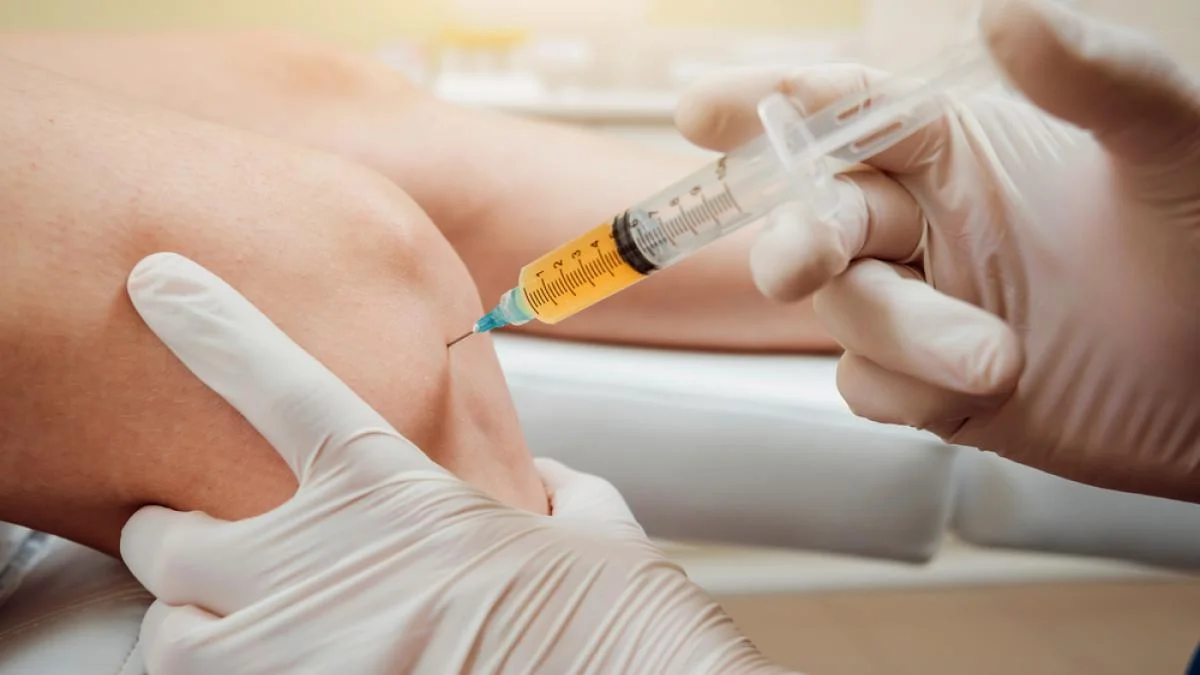
Platelet-Rich Plasma (PRP) Therapy Explained: Your Comprehensive FAQ Guide
Musculoskeletal injuries and joint pain don’t have to hold you back. New regenerative therapies like platelet-rich plasma (PRP) offer a cutting-edge, natural way to treat pain and promote healing. If you’re wondering if PRP is right for you, this guide will provide the key facts to help you make an informed decision. Our AZ pain management specialists will explain exactly what PRP entails, who it can help, how to prepare, what to expect during recovery, and costs. Most importantly, you’ll learn how PRP leverages your own healing abilities to reduce pain and improve function – giving you a path to get back to doing what you love.
What is PRP Therapy?
Platelet-Rich Plasma (PRP) therapy is a proven regenerative treatment for musculoskeletal pain. PRP uses a concentrated form of platelets from your own blood, which contain growth factors that accelerate the body’s natural healing process. The PRP is injected directly into an injured area to help repair and regenerate the damaged tissue. PRP reduces pain and improves overall function in various musculoskeletal conditions, including tendon and ligament injury and joint arthritis.
Is PRP Right for Me?
PRP for arthritis, PRP for tendonitis, and PRP for ligament injuries may be a good option for you if you have functionally limiting pain that has not responded adequately to other conservative treatments.
PRP works best for localized musculoskeletal conditions that cause pain or loss of function. It can be used to treat both acute sports injuries as well as chronic degenerative processes like osteoarthritis. PRP may allow you to avoid surgery or more aggressive treatments. It is not recommended, however, for patients with certain conditions like active infections, cancer, or platelet dysfunction disorders. During your consultation, your doctor will take a full medical history and perform a physical exam to determine if you are a good candidate for PRP therapy. Based on your specific injury and circumstances, they can advise you on whether PRP is likely to help relieve your pain and improve function.
How Should I Prepare for a PRP Injection?
PRP therapy is a simple procedure that is performed in an office setting with little risk because the PRP is from your own blood. To prepare, avoid taking non-steroidal anti-inflammatory drugs (NSAIDs) and Aspirin for 5-7 days prior to the injection. These medications include (but are not limited to):
- Advil
- Ibuprofen
- Aleve
- Naprosyn
- Meloxicam
- Celebrex
Also, avoid the use of oral or injected steroids for 2-4 weeks before PRP therapy.
What to Expect During a PRP Injection
First, a small sample of your blood is taken and concentrated in a centrifuge machine in a two-step process that eliminates red blood cells and neutrophils. The remaining plasma portion contains a high concentration (8 times that of whole blood) of platelets, rich in growth factors, which is then injected directly into an injured area using ultrasound or fluoroscopic image guidance.
What Should I Do After My PRP Injection?
It is normal to have increased pain during and immediately following a PRP injection due to the inflammatory reaction. In addition, pain may be increased for up to a week after this therapy.
- First 48 hours: rest the area and use only as tolerated.
- For the next two weeks: you should perform light stretching and range of motion exercises.
- After two weeks: you should begin strengthening exercises under the direction of your health care provider and/or physical therapist.
The healing process typically takes place over a 4-6 week period, during which it is important to avoid anti-inflammatories and steroids.
Is PRP Covered by Insurance?
PRP injections are not covered by insurance companies, so there are out-of-pocket expenses for the patient.
How Much Does PRP Cost?
At Desert Spine and Sports Physicians, a cost of $900 per injection is paid by the patient to cover the expense associated with the PRP preparation. Insurance will be billed for office visits, associated procedures, and other related expenses pertaining to the underlying diagnosis.
PRP: The Answer to Treating Your Musculoskeletal Injury
Many patients don’t know what a physiatrist is or that working with one could be the answer to treating their sports injury. A physiatrist is a physician who specializes in Physical Medicine and Rehabilitation. In addition, all the physiatrists at Desert Spine and Sports Physicians are fellowship trained in Interventional Spine and Musculoskeletal Medicine. These specialized experts treat numerous problems affecting the spine and musculoskeletal system, including:
- Back and Neck Pain
- Radiculopathy/Sciatica
- Herniated Discs
- Spinal Stenosis
- Vertebral Compression Fractures
- Osteoarthritis
- Tendonitis/Bursitis
- Sports Injuries
- Musculoskeletal Pain
Getting PRP Injections in Arizona at Desert Spine and Sports Physicians
At Desert Spine and Sports, our sports medicine physiatrists are the leading providers of non-surgical musculoskeletal therapies, including regenerative therapy like PRP injections in Arizona. To find out if PRP is right for your specific condition, schedule a consultation today. We will thoroughly evaluate your condition, explain the treatment process, and advise you on whether PRP could help get you back to the activities you love.
Images used under creative commons license – commercial use.
